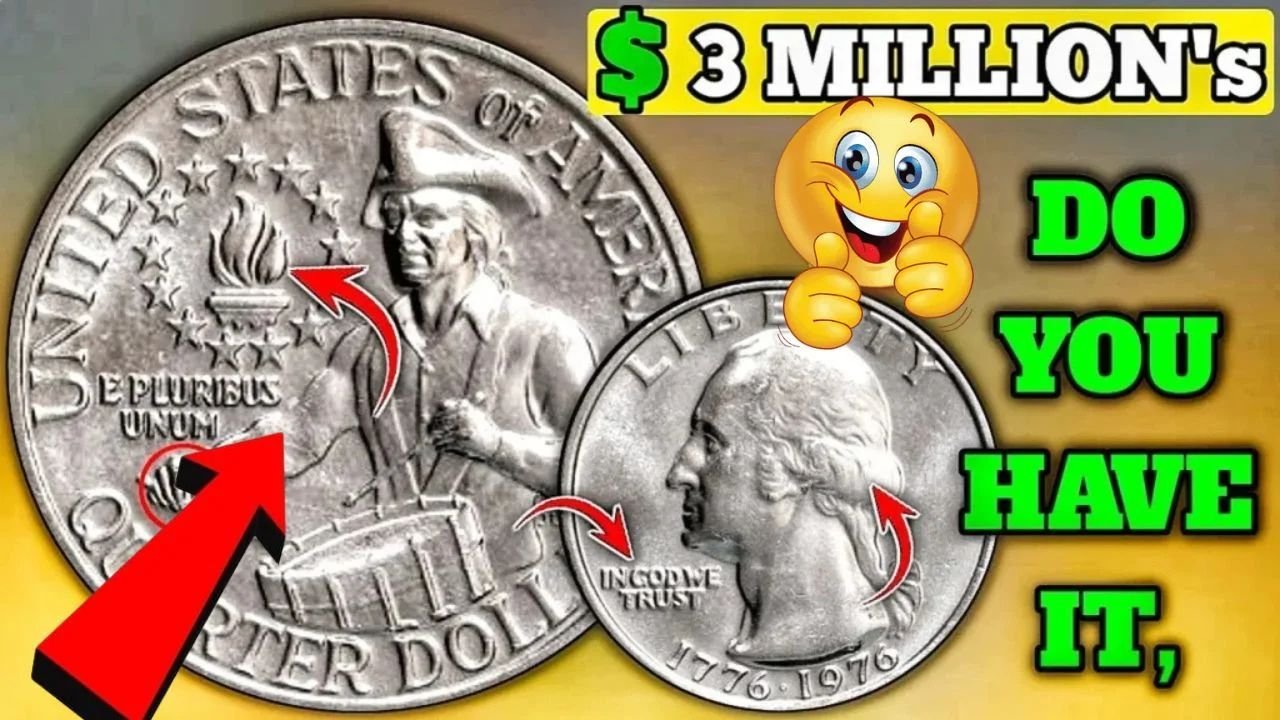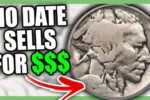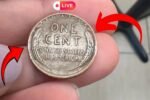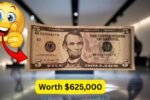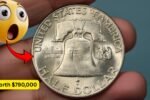Rare 1976 Bicentennial Quarter: In 1976, the United States celebrated its 200th birthday, and to honor this special moment, the U.S. Mint released a unique version of the quarter. Known as the Bicentennial Quarter, it features a special design different from the regular quarters we see today. While millions were made, a few extremely rare ones have become incredibly valuable. In fact, one of these rare quarters has been valued at up to $3 million.
What Makes This Quarter Different from the Rest?
Unlike the typical George Washington quarter design, the 1976 Bicentennial Quarter has a special reverse side. Instead of the standard eagle, it shows a colonial drummer boy, along with a victory torch surrounded by 13 stars, symbolizing the original colonies. The front still features George Washington, but the year reads “1776-1976” instead of just a single year. These design changes mark it as a commemorative coin.
Why Some Bicentennial Quarters Are Worth a Fortune
Not every 1976 quarter is valuable. Most are worth only face value. However, a small number were minted under special conditions—like being made of 40% silver or having unique minting errors—that make them rare collectibles. These rare features are what can push the coin’s value from a few cents to several thousand or even millions of dollars. Coins with pristine condition, proof finishes, or striking mistakes are particularly valuable to collectors.
How to Identify the $3 Million Bicentennial Quarter
To find out if you have one of the rare versions, examine the coin carefully. Look for a clear “S” mint mark, which indicates it was struck in San Francisco as a proof coin. Also, check for silver content—some were struck in 40% silver and feel slightly heavier than regular quarters. Errors like double strikes, off-centering, or unique coloring can also make a quarter more valuable. Having it professionally graded is the best way to confirm its true worth.
What Mint Marks to Watch For
There are three main mint marks on the Bicentennial quarters: “D” for Denver, “S” for San Francisco, and “no mint mark” for Philadelphia. The most valuable are usually the “S” mint mark coins, especially the silver proofs. If you see a quarter with an “S” mark and it has an unusual shine or coloring, it might be worth a second look.
How to Get Your Quarter Appraised
If you believe your Bicentennial quarter might be rare or valuable, it’s a good idea to have it checked by a professional. Coin dealers, numismatists, or grading services like PCGS or NGC can inspect and evaluate your coin. A certified appraisal gives you a clear idea of what your coin is worth and helps when selling to collectors or at auctions.
Is It Still Possible to Find One in Circulation?
Surprisingly, yes. While most rare quarters have been taken out of circulation, a few might still be floating around in old collections, piggy banks, or even in pocket change. People often overlook these quarters because they think they’re just ordinary coins. That’s why checking every 1976 quarter you come across is worth your time—you never know when you might find the rare one.
The Market Value of Bicentennial Quarters
The value of Bicentennial quarters varies widely based on their type and condition. Here’s a simple table showing different types and their estimated value:
| Type of Bicentennial Quarter | Estimated Value Range |
|---|---|
| Regular circulation coin | $0.25 to $1 |
| 40% silver uncirculated | $3 to $7 |
| Silver proof with “S” mark | $10 to $30 |
| Rare mint error version | $500 to $10,000+ |
| Ultra-rare specimen (e.g. $3M) | Up to $3 million |
What Makes a Coin Collector Pay Millions?
Rarity, condition, historical importance, and collector demand all influence a coin’s value. The $3 million Bicentennial quarter isn’t just rare—it combines a perfect storm of features: a pristine strike, rare mint error, high-grade proof, and deep historical symbolism. Collectors with deep pockets are willing to pay for these extraordinary finds to complete their collections.
Frequently Asked Questions
Q: Are all 1976 quarters valuable?
No, most are only worth their face value. Only certain rare types are valuable.
Q: How can I tell if my quarter is silver?
Silver quarters are slightly heavier and have a different edge color—mostly white instead of copper.
Q: Where can I sell a rare quarter?
You can sell it through coin dealers, auction houses, or certified online platforms.
Q: Can I still find one in my change?
It’s rare, but yes, it’s still possible to find one in circulation.
Q: Is it worth getting my quarter graded?
If it appears unusual or in very good condition, grading can help verify its authenticity and value.
Final Thoughts
The 1976 Bicentennial Quarter is more than just spare change—it’s a piece of American history. While most are common, a few rare versions have become incredibly valuable over time. With a sharp eye and a little luck, you might just come across one of the rarest and most expensive coins still out there.
